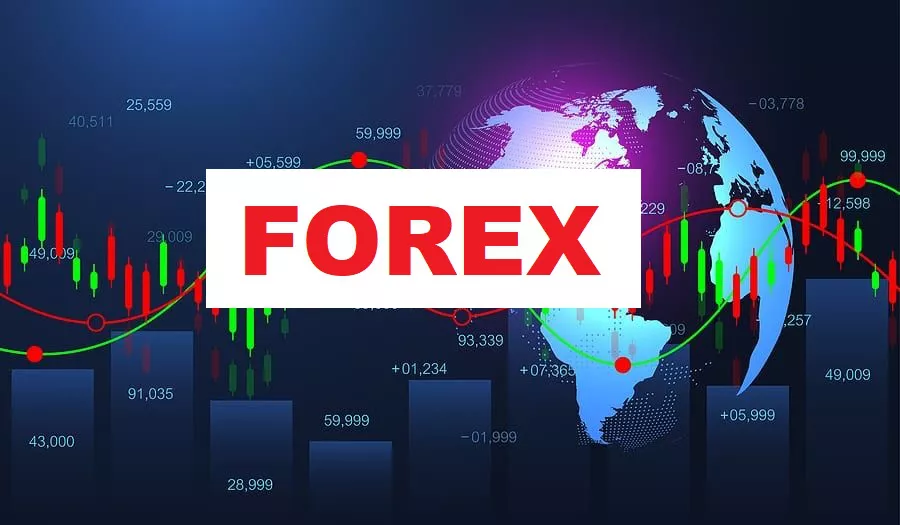The EUR/USD pair rebounded from prior losses on Monday, climbing to around 1.1190 in Asian trading. The euro gained strength as the U.S. dollar came under renewed pressure following Moody’s downgrade of the U.S. credit rating by one notch, from Aaa to Aa1. This move has reinforced concerns about soaring U.S. debt levels and the increasing burden of interest payments.
Moody’s Cuts U.S. Rating Again on Fiscal Deterioration
Moody’s now projects U.S. federal debt to reach 134% of GDP by 2035, a sharp increase from 98% in 2023. The federal deficit is also expected to balloon to nearly 9% of GDP, due to higher debt servicing costs, increased entitlement spending, and a fall in tax revenue.
These projections follow similar credit downgrades by Fitch in 2023 and Standard & Poor’s in 2011, compounding investor concern over long-term fiscal stability. The downgrade has weighed on U.S. Treasury yields and the dollar, helping push the euro higher.
Easing Trade Tensions Limit Dollar Losses
Despite the dollar’s weakness, some relief has come from improving global trade dynamics. A preliminary trade deal between the U.S. and China outlines substantial tariff cuts. Washington plans to reduce tariffs on Chinese goods from 145% to 30%, while Beijing will cut tariffs on U.S. imports from 125% to 10%.
Also supporting sentiment are signs of progress on a U.S.-Iran nuclear agreement and planned discussions between President Trump and President Putin to reduce tensions in Ukraine. These factors may help stabilize the dollar and global markets.
Euro Gains May Be Capped by ECB Rate Cut Expectations
While the euro has strengthened in the near term, expectations of another ECB rate cut are capping further gains. Markets are increasingly confident that the European Central Bank will move forward with rate reductions in the next policy meeting, as inflation in the eurozone appears to be aligning with the ECB’s 2% target.
In addition, the eurozone’s economic outlook remains subdued, with weak consumer demand and ongoing global uncertainties dampening growth prospects. These factors could limit EUR/USD’s upside unless there is a sharper decline in the U.S. dollar.
In summary, EUR/USD is benefiting from U.S. fiscal concerns and a weaker greenback. However, divergent central bank policies—with the Fed possibly cutting rates later in 2025 and the ECB expected to ease sooner—may keep the pair in a tight range until clear signals emerge from both sides.
Related topics:

































